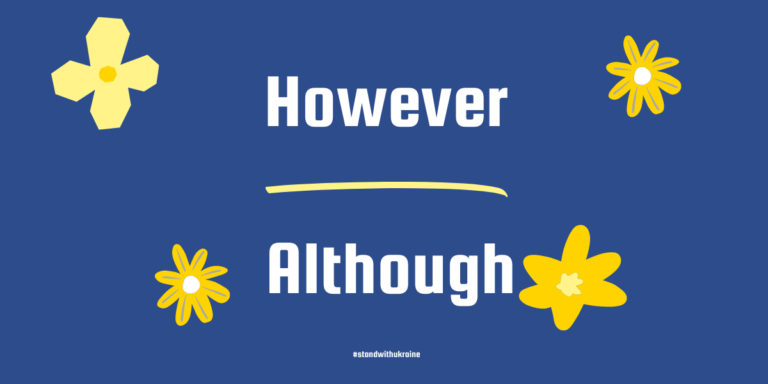How To Use Articles With Direction Words
Also called “definite” and “indefinite” articles, a, an, and the can help us identify something specific or speak about topics more broadly. Understanding when it is and isn’t appropriate to use them, and then deciding which ones to use, can be frustrating and confusing for English language learners. It’s a really important concept to discuss because choosing one article over another, or excluding one entirely, can change the whole meaning of what you are trying to communicate!
Of course, there are dozens of rules related to proper article usage. While learning the rules is important, applying them in practical ways will help you remember them easier. Rest assured, there are practice tips for you at the end of this lesson!
To start, let’s look closely at three rules that will explain which articles to use when talking about directions:
DO NOT USE AN ARTICLE with a direction word if that word comes immediately after a verb.
Examples of direction words: north, south, east, west, left, right, northwest, southwest, northeast, southeast
Examples:
1) Turn right at the intersection and continue for two blocks.
2) The river flows south towards the coast.
3) We need to head northwest if we want to escape the bad weather.
4) Keep walking east until you see the gas station.
USE THE if the direction word comes immediately after a preposition.
Examples:
1) Will you please move the couch a little to the left?
2) In what part of the county do you live? I live in the north.
3) The entrance is on the west side of the building.
If you are discussing a cultural region or geographic area, you can pair the with a compass direction (North, South, East, West) to refer to it.
Examples:
1) The West is home to many beautiful landscapes.
2) I grew up in the South.
3) The East is known worldwide for its rich cultural heritage.
Now it’s your turn to practice! First, review the above rules. Then, read the example sentences to yourself out loud. Next, create one or two sentences modeling each of the rules discussed.
To combine this grammar lesson with pronunciation practice, look into a mirror and read the sentences above (as well as the ones you created). Note any words you might have trouble pronouncing and focus on the movements of your mouth, lips, tongue, and vocal cords as you produce sounds. Practice these words in isolation, and then place them back into the sentence you are working on.
Finally, use your cell phone or laptop to record yourself reading the sentences you have created, and listen to yourself. This kind of repetition, in addition to varying the ways you practice, will make the rules of article usage that much easier to remember!
See also:







